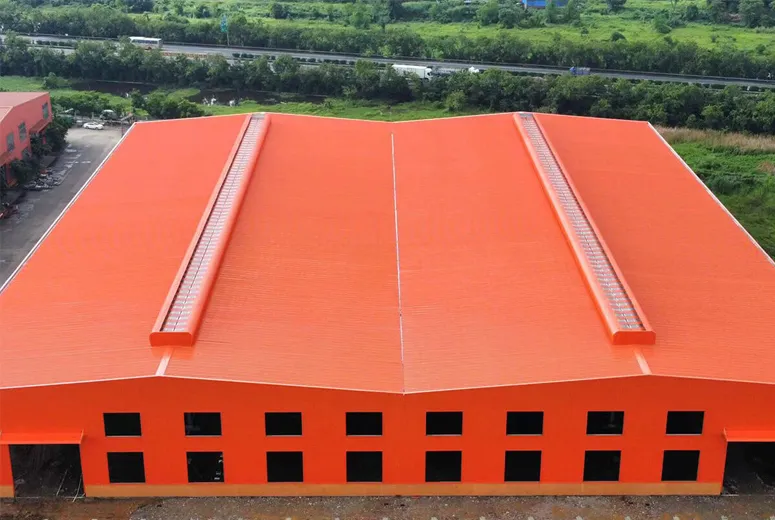- Afrikaans
- Albanian
- Amharic
- Arabic
- Armenian
- Azerbaijani
- Basque
- Belarusian
- Bengali
- Bosnian
- Bulgarian
- Catalan
- Cebuano
- Corsican
- Croatian
- Czech
- Danish
- Dutch
- English
- Esperanto
- Estonian
- Finnish
- French
- Frisian
- Galician
- Georgian
- German
- Greek
- Gujarati
- Haitian Creole
- hausa
- hawaiian
- Hebrew
- Hindi
- Miao
- Hungarian
- Icelandic
- igbo
- Indonesian
- irish
- Italian
- Japanese
- Javanese
- Kannada
- kazakh
- Khmer
- Rwandese
- Korean
- Kurdish
- Kyrgyz
- Lao
- Latin
- Latvian
- Lithuanian
- Luxembourgish
- Macedonian
- Malgashi
- Malay
- Malayalam
- Maltese
- Maori
- Marathi
- Mongolian
- Myanmar
- Nepali
- Norwegian
- Norwegian
- Occitan
- Pashto
- Persian
- Polish
- Portuguese
- Punjabi
- Romanian
- Russian
- Samoan
- Scottish Gaelic
- Serbian
- Sesotho
- Shona
- Sindhi
- Sinhala
- Slovak
- Slovenian
- Somali
- Spanish
- Sundanese
- Swahili
- Swedish
- Tagalog
- Tajik
- Tamil
- Tatar
- Telugu
- Thai
- Turkish
- Turkmen
- Ukrainian
- Urdu
- Uighur
- Uzbek
- Vietnamese
- Welsh
- Bantu
- Yiddish
- Yoruba
- Zulu
Nov . 01, 2024 10:35 Back to list
Design of Portal Frame Buildings
Portal frame buildings are a popular choice in modern construction, especially for industrial and agricultural applications. These structures provide an efficient and flexible design solution, characterized by their intrinsic strength, ease of construction, and cost-effectiveness. The design process involves various considerations to ensure that the building meets the required standards and serves its intended purpose effectively.
A portal frame building typically consists of vertical columns and horizontal beams that form a rigid frame. This design allows for large open spaces without the need for internal load-bearing walls, making it ideal for facilities such as warehouses, factories, and agricultural storage. One of the primary advantages of portal frames is their ability to span considerable distances, which is valuable for accommodating large machinery and storage areas.
When designing a portal frame building, several factors must be considered. First and foremost is the material selection. Steel is commonly used for portal frames due to its high strength-to-weight ratio, durability, and resistance to environmental factors. However, the choice between steel, timber, or other materials will depend on budget constraints, aesthetic preferences, and specific structural requirements.
The design must also account for structural loads, including dead loads (the weight of the building materials), live loads (the weight from occupancy or use), and environmental loads such as wind and snow. Advanced software tools enable engineers to simulate these loads and optimize the frame's dimensions to ensure safety and efficiency.
design of portal frame buildings

Another crucial aspect of design is the connection details between the frame’s members. These connections must be robust, as they transfer the loads through the structure. Typically, welded or bolted connections are employed, and careful analysis is needed to ensure that they can withstand the expected forces.
In addition to structural integrity, the design of portal frame buildings must consider insulation and ventilation. Proper insulation is vital for energy efficiency, particularly in industrial settings where heating and cooling can significantly impact operational costs. Ventilation is also important to ensure a comfortable working environment, especially in agricultural buildings where moisture and air quality can affect stored products.
Finally, site considerations and local regulations will influence the design of portal frame buildings. Factors such as site orientation, access, drainage, and compliance with building codes must be carefully evaluated.
In conclusion, the design of portal frame buildings is a multifaceted process that requires a blend of engineering principles, material science, and practical considerations. When executed effectively, portal frame buildings provide versatile, economically viable solutions that meet the diverse needs of modern construction.
-
How Do Prefabricated Steel Structures Transform Modern Construction?
NewsJul.14,2025
-
How Do Prefabricated Metal Buildings Redefine Modern Construction?
NewsJul.14,2025
-
How Do Prefab Insulated Metal Buildings and Steel Structures Revolutionize Modern Construction?
NewsJul.14,2025
-
How Do Pre - Engineered Steel Structures Redefine Modern Construction?
NewsJul.14,2025
-
Advancing Modular Construction with Prefabricated Metal Structures
NewsJul.14,2025
-
Advancing Industrial Infrastructure with Prefabricated Steel Solutions
NewsJul.14,2025
Products categories
Our Latest News
We have a professional design team and an excellent production and construction team.












